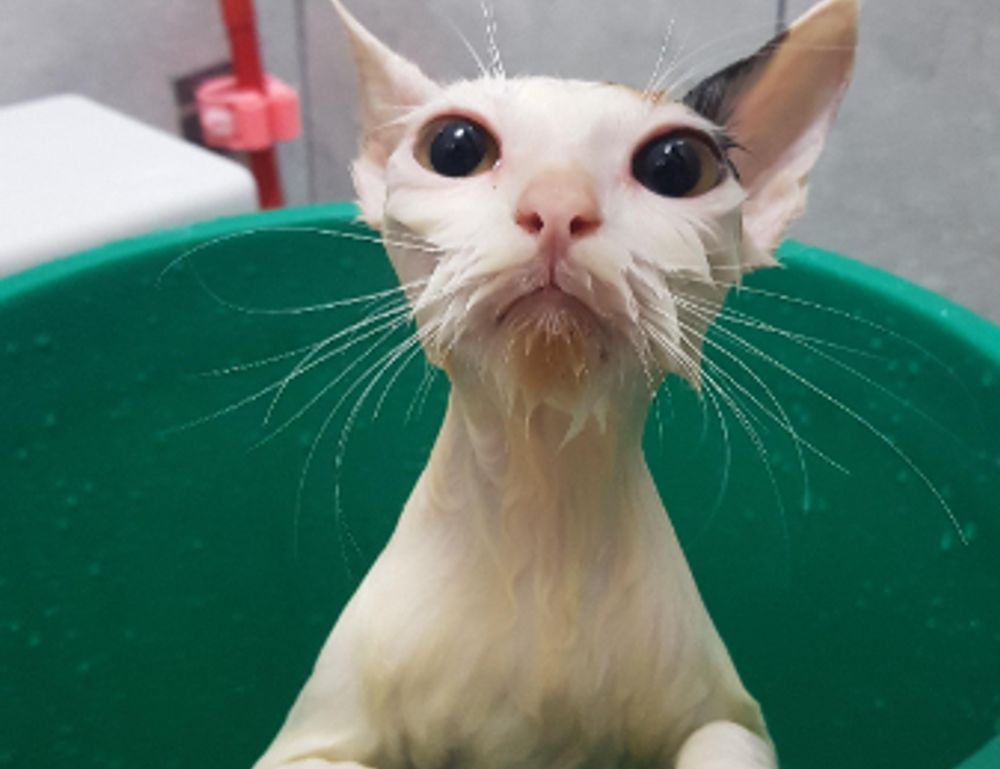What Makes These Patches Special?
At their core, gaming vivid2201 patches are designed to address realworld player feedback. It’s not about fluff or overhyped PR promises. Instead, these patches focus on tightening load times, optimizing engine performance, streamlining UI elements, and correcting annoying ingame glitches.
They’re also dynamic. Unlike some updates that feel like a copypaste job from version A to B, these patches take a modular approach. The patching system lets devs roll out targeted improvements without rebooting the entire foundation. That means quicker updates with less downtime.
Focused on What Matters
Gamers care about immersion, performance, and balance. No one’s excited by a new patch unless something tangible changes. The vivid2201 team seems to get that. Their recent updates didn’t just tweak one component—they tackled performance bottlenecks in GPU handling, addressed multiplayer sync issues, and polished texture delivery across a wider range of hardware.
Another thing: they’re practical about scaling. If you’ve got a midtier setup, these patches aim not just to work—but to work well. That kind of backward optimization shows a commitment to keeping the experience accessible.
Clean Patch Rollouts
We’ve all seen updates that install halfway and leave the game unstable—or worse, unplayable. Here, patch rollouts are smooth and lightweight. Instead of that dreaded “reinstall required” message, the vivid2201 system uses incremental updates. It updates only what’s required instead of pushing an entire rebuild.
For those running mods, compatibility concerns are real. These patches respect that and maintain modular compatibility, which means fewer conflicts and less time in config nightmares. Log files remain clean, changelogs are easy to digest, and you know what you’re getting every time.
Visual Gains, Without the Bloat
Let’s be honest—lots of game updates drop fresh graphics or new shaders that absolutely hammer your system. Then you’re left cranking things down just to hit 60 FPS.
Gaming vivid2201 patches enhance visuals, but they do it smartly. Texture packs are compressed without loss, draw distances are extended without throttling frame rates, and postprocessing is better tuned to dynamic lighting scenarios. Instead of going heavy on eye candy just for screenshots, they seem to care more about how the whole thing performs in momenttomoment gameplay.
Keeping the Player in Control
One of the lowkey strengths of this patch cycle is the way it empowers the player. Custom toggles and modular features let users optin or skip specific enhancements. For example: don’t want the new motion blur logic? Disable it. Prefer the old HUD transparency? Toggle it back. Instead of enforcing a onesizefitsall update, the patches offer tailored experiences.
This patch management philosophy reflects a bigger message: gaming experience isn’t just what the devs push—it’s what the players shape. That’s a rare balance, especially in an age where many updates feel like they’re forced rather than flexible.
Not Just Cosmetic
There’s also a noticeable focus on gameplay logic under the hood. AI decision trees have been refined in several patches, leading to enemies that react more realistically. It’s not about making games harder, it’s about making them less predictable and more engaging.
Weapon mechanics—the way recoil resets, reload times interact with player fatigue, and how terrain influences aim—show signs of thoughtful tuning. It seems like every patch moves the needle forward just enough to make it feel right without overhauling muscle memory or established strategy.
Community Connections
A big reason these patches strike a chord is that they’re clearly listening. The developer release notes cite Reddit threads, Discord polls, and direct support feedback. That loop—listen, improve, deploy—has been mostly missing from other major patch ecosystems. But vivid2201 leans into it.
Players often feel abandoned after launch, but with these patches in motion, there’s consistent maintenance and meaningful evolution. It’s not about staying fresh for marketing—it’s about improving iteratively for the people actually playing.
What’s Down the Road
Looking forward, there’s talk about expanding AIdriven enhancements, not just on the battlefield but in world simulation. NPC behavior adapting based on your decisions. Environments reacting to your combat style. And under all that complexity—the same stable, modular patch design that keeps things running sharp.
There’s also some buzz around cloudbacked settings syncing—meaning you can take your interface shortcuts, weapon tweaks, and accessibility options from one rig to another seamlessly. Qualityoflife features like that often get overlooked, but they’re gamechangers for longterm engagement.
Final Thoughts
In a sea of software updates that often feel like an obligation rather than an upgrade, gaming vivid2201 patches set a new standard. They’re not loud, flashy, or overstuffed. They focus on impact, precision, and performance. Gamers don’t need bells and whistles—they need smoother frames, better control, and fewer bugs. That’s what this patch line gets right.
Stable, smart, and responsive to user input—this isn’t just good patching; it’s efficient software evolution.
